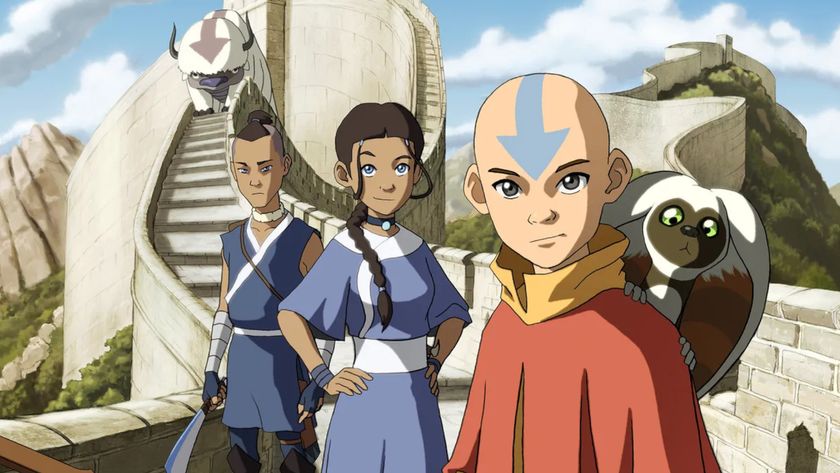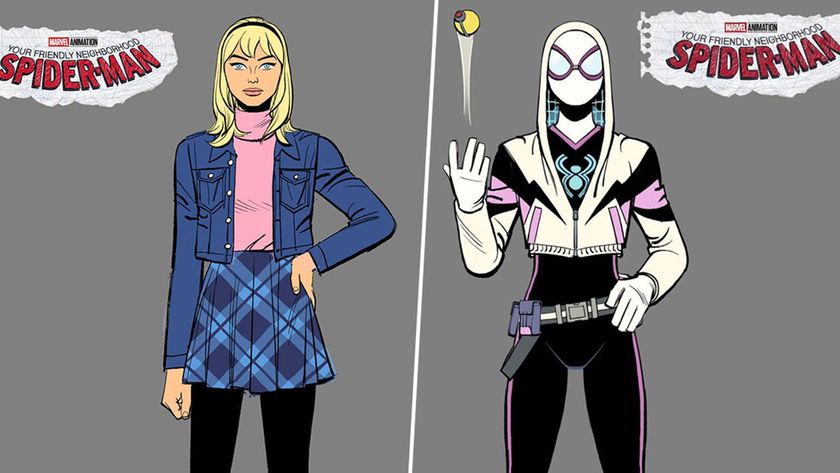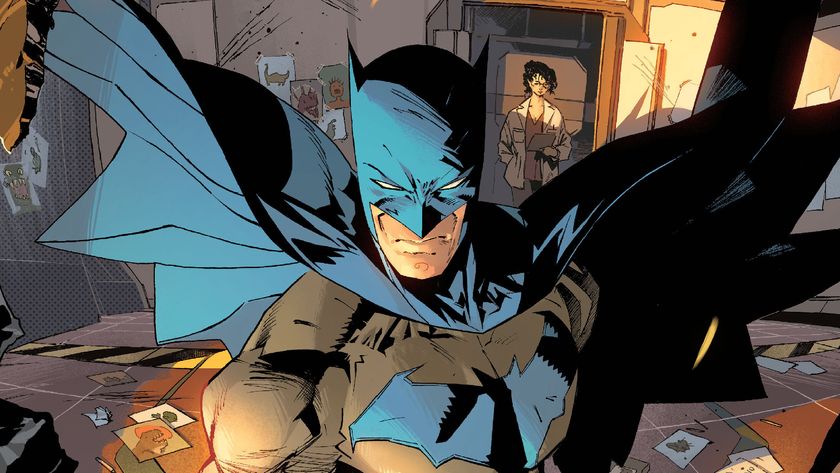BLOG Maps Are Great, with Jennifer Williams
Steven Ellis enthuses with upcoming author Jennifer Williams over their shared love of fantasy maps
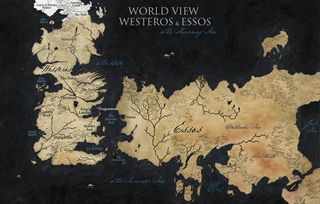
Who loves a good map? When I open a new book and find a map just before the start of the story I always smile. I love a map in a book me. I love to get a feel for the land in which the story I’m reading is set. To follow the heroes’ journey or see where the big battles happened.
In the world of fantasy writing the map is often a great help. With their sprawling lands and epic journeys to places with far more consonants than vowels, these novels could leave a reader with a geographical headache without a handy map to refer to.
And it’s not just books. I found Game Of Thrones TV series much easier to watch and follow when I had the map from the box set out on my lap to follow. And adding maps to the opening credits was a good move; by including the Westeros/Essos maps in the credits the Game Of Thrones TV show has managed to give a sense of location and scale. The same can be said of Peter Jackson’s Lord Of The Rings Extended Editions. Each film had a map in the packaging, a map which not only gave you an idea of the world but also showed the journey our heroes took.
Another big fan of maps is writer Jennifer Williams. I had a chat with her about just why she loves a book with a map in it…
Jennifer Williams: “I’m a fantasy writer and sword enthusiast from London, and the first book in my Epic Fantasy trilogy will be out early next year from Headline books. The Copper Promise follows the fortunes of a trio of adventurers who accidentally unleash a potentially world-destroying threat. Here’s the official blurb…
“The Copper Promise
“There are some far-fetched rumours about the caverns beneath the Citadel: some say the mages left their most dangerous secrets hidden there; others, that great riches are hidden there; even that gods have been imprisoned in its darkest depths.
Sign up to the SFX Newsletter
Get sneak previews, exclusive competitions and details of special events each month!
“For Lord Frith, the caverns hold the key to his vengeance. Against all the odds, he has survived torture and lived to see his home and his family taken from him ... and now someone is going to pay.
“For Wydrin of Crosshaven and her faithful companion, Sir Sebastian Caverson, a quest to the Citadel looks like just another job. There's the promise of gold and adventure. Who knows, they might even have a decent tale or two once they're done.
“But sometimes there is truth in rumour. Sometimes it pays to listen. Soon this reckless trio will become the last line of defence against a hungry, restless terror that wants to tear the world apart. And they're not even getting paid.”
Excellent. Sounds like something to look forward to. Now on to the maps… Simple question first; what is it about a book with a map in that you really like?
“Not only is it usually a guarantee that I’m reading the sort of book I like – I was once mercilessly mocked on a long coach trip for reading “those books that have a map in the front,” but fantasy books are my bag, baby – but I see them as a statement of intent. You know when you see a map at the beginning of a book that you will be going on a journey, and you may even get lost. There could be dragons, or tigers, or treacherous marshes. It’s like the author is saying directly to the reader: ‘I will be taking you to a strange land now. Stay close, keep your socks dry, and for the love of all the gods, keep a hold of the map!’”

Have you always been a fan of fantasy maps in books?
“I think so, yes. I remember looking at the maps in The Hobbit and The Lord Of The Rings as a kid, and both maps are sort of gloriously sinister. There’s the ominous pointing hand and the dragon, and the words, ‘the desolation of Smaug’, which left you in no doubt that you were about to go on an exciting and possibly quite dangerous adventure. I don’t think that I really understood the maps at the time, but I remember flicking back to them while I was reading the books; not because I wanted to pinpoint where Bilbo or the Fellowship were, but because I wanted to sample that lovely sense of danger and exploration again.”
Are you a fan of maps in general or is it something about a map and its ability to help draw you into the world the writer has created?
“I am a fan of quite specific maps, I think. Maps of places that no longer really exist, for example, such as London before the Great Fire, or maps of places I could never go, like the craters of the Moon.”
Do you have a favourite map? If so, which book contains the map and why do you love it?
“One of my favourite book maps would be the map of Westeros in A Song Of Ice And Fire . That’s unsurprising, since they’re also some of my favourite books, but that map does feel particularly special. I suspect it’s because so much of the story is tied up with the geography of the world; the descendents of the First Men in the North, the Sand Snakes in the South, the terrors beyond The Wall, Daenerys Targaryen in her exile beyond the Narrow Sea. In that series you are very aware of the huge distances between the many, many point of view characters, sometimes painfully so – we all wonder when the Stark children will see each other again.
“Outside of books I’m also very keen on the map of Skyrim that comes with the video game; part of the joy of that game is exploring and getting horribly lost, so you quickly become very fond of the map indeed. We have a copy hanging up over our television for emergencies.”
Do you like to refer to the map often as you're reading? Do you find it helps your reading to have a good idea of exactly where the characters are and where any action is taking place?
“When I was younger I would only use the map as a piece of bonus material, but these days I do find myself referring to them more often as I read – perhaps my sense of direction has improved. I recently read Joe Abercrombie’s The Heroes and flicked back to the map many times. The book chronicles the story of a battle that takes place over three days, and it was helpful to be able to see exactly where the various factions were hiding, camping, or fighting. In a slightly less fantasy sense, I’m a big fan of Bernard Cornwell’s Alfred The Great books, and at the front of each of those is a map with the old names for many places I’m very familiar with. Not only did that give me a greater insight into the story, I may even have learnt something too.”
When you're writing do you create maps to help you? And if so, why?
“I do find it useful to make maps for myself while I’m writing. At the moment The Copper Promise has two, each detailing two of the larger landmasses in Ede, the world where the books take place. They’re pretty rough and I won’t be winning any prizes for cartography, but they help me keep the locations straight in my head and where my characters are at any one time. Besides that, there is always a joy to the world building aspect of writing fantasy books, and having the maps in front of you is an extension of that; you can see your world growing, can form its rivers and mountains and ghost-filled tombs with a few flicks of your pen. Then you’ll probably have to go back and rub out the Canyon Of Dead Voices because you’ve put it too close to the Screaming Sea, but that’s half the fun.”
Will your maps be included in the published edition of The Copper Promise
“The answer to that is... I don't know yet. It's not necessary to understand the story, but if there is one it definitely won't be drawn by me. Hills that look like giant lumpy potatoes are fine for my notebook, but not for general consumption.”
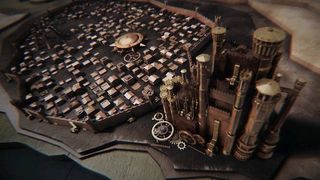
I mentioned in my intro what a fan I am of the map in the Game Of Thrones TV show credits and you’ve said that you like the Westeros map. Do you think including the map in the credits was an inspired move?
“I’m a huge fan of the opening credits of Game Of Thrones ; not only is it utterly appropriate for the show, giving the viewers a swift run down on the most important locations, it’s also visually stunning. I remember seeing it for the very first time and immediately knowing that the books were in good hands, because the credits were absolutely spot on. And I love how whenever a major new location is visited in the series, it appears on the map. And how cute is clockwork King’s Landing?”
Yeah, the clockwork cities all look fantastic. Thanks for taking the time to chat with me today and share your love of maps. Good luck with your book when it arrives next year. Meanwhile, while we wait for The Copper Promise , is there anywhere readers can find any of your previous work?
“I have a few short stories dotted around the web that you can have a butcher's at for free: at Hub Magazine there's Wallflower and The Sea, The Sea, The Sea , and at Dark Fiction Magazine I have two audio shorts; On The Last Wave and Milk (only one of which is read by me, thankfully). If you prefer to get your hands on actual paper and ink, my short story Spider Daughter Spider appears in the Urban Occult anthology available here - they all tend towards the horrific, and I feel I should tell you there are no maps involved, sadly.”
Steven Ellis
Most Popular






